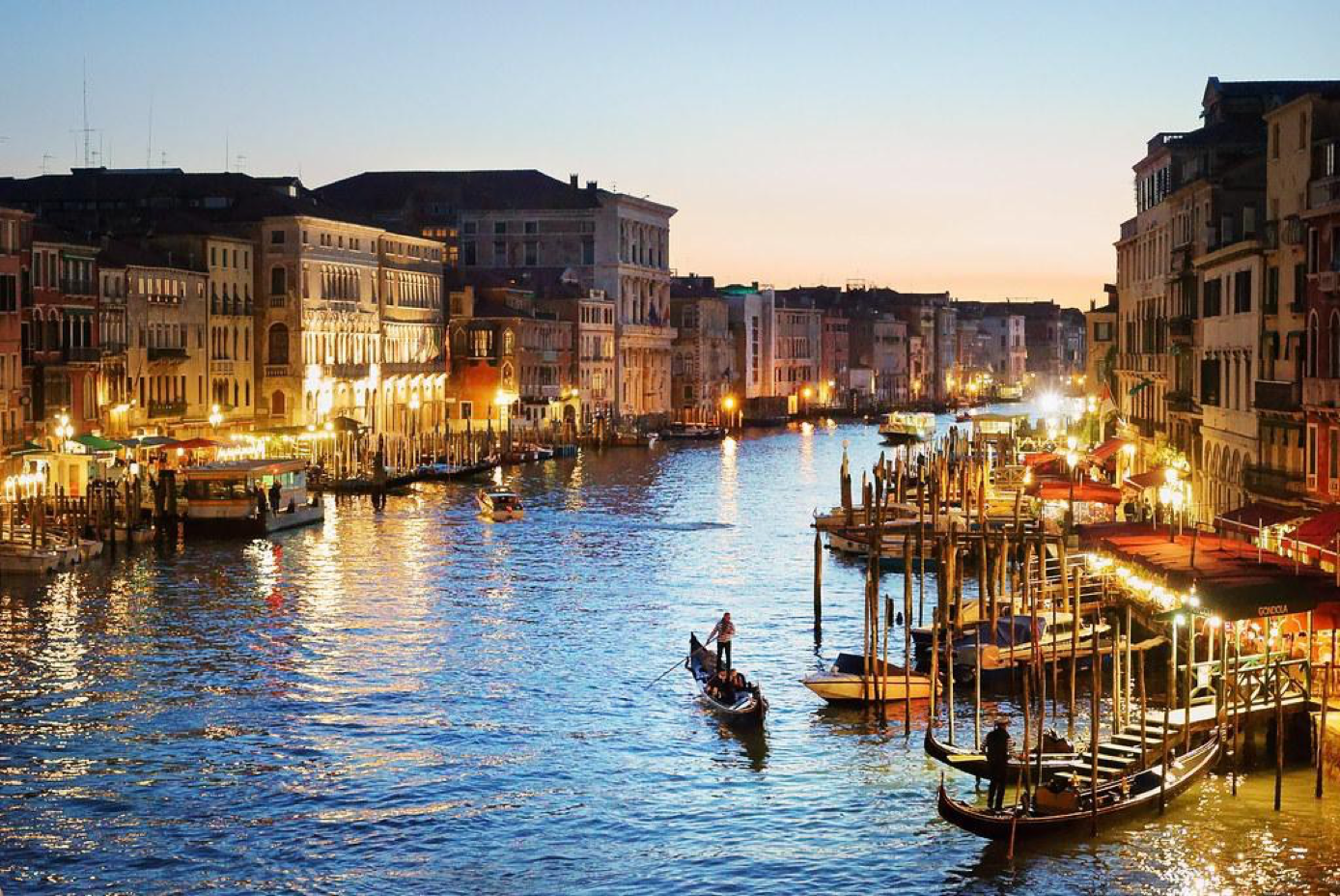New research suggests the Italian city was settled earlier than previously believed
Researchers in Italy have found the remains of a Roman road and dock at the bottom of a Venetian lagoon.
“We believe that what we found is a part of a road that connected the southern and the northern part of the Venice lagoon,” Fantina Madricardo, a geophysicist at the ISMAR-Marine Science Institute in Venice, tells the Art Newspaper’s Garry Shaw.
The pathway would have allowed people to travel to and from the ancient Roman city of Altinum, located at the north end of the lagoon.
As Madricardo and her colleagues write in the journal Scientific Reports, their findings suggest the area that became the lagoon was home to extensive Roman settlements long before the founding of Venice in the fifth century C.E. At the time, far more of what is now underwater would have been dry land.
“The Venice lagoon formed from the main sea-level rise after the last glaciation, so it’s a long-term process,” Madricardo tells Live Science’s Tom Metcalfe. “We know that since Roman times—about 2,000 years—that the sea level there rose” up to eight feet.
Per Krista Charles ofNew Scientist, archaeologist Ernesto Canal first suggested that ancient artificial structures stood beneath the canal’s waters back in the 1980s. His idea sparked vigorous debate among researchers, but technology at the time didn’t allow for much exploration.
“The area is very difficult to investigate by divers because there are strong currents and the water in the Venice lagoon is very turbid,” Madricardo tells New Scientist.
For the study, the researchers used a multibeam sonar device mounted on a boat to create 3-D images of the landscape on the lagoon floor. As the Guardian’s Angela Giuffrida reports, scuba divers in the 1980s had found what appeared to be paving stones in the lagoon. The new research was able to confirm that they were large, flattened stones similar to basoli used in the system of roads that ran throughout the Roman Empire. These rocks were placed down systematically along a sandy ridge that would have then been above water.
The team also found 12 structures, some as much as 9 feet high and 170 feet long, by the presumed route of the road, as well as what appear to have been docks. The researchers investigated them with the help of a team of divers from the local police force.
According to Haaretz’s Ariel David, historians have previously suggested that large-scale settlement of the Venice area only began in the fifth century, when refugees from the declining Western Roman Empire fled there to escape invasions.
“Venice was thought to have been built in a deserted place without any previous traces of human presence,” Madricardo tells Haaretz. “… Altinum was the main urban site in the region but now we believe that there were already multiple settlements in the lagoon that were connected to it and coexisted with it, so the migration to this area was a more gradual process that started earlier.”
Today, a changing climate is once again altering the landscape of the Venice area. In June, Italy’s National Environment Protection System issued a report warning of the “continual and irreversible” rise in sea levels that threatens the low-lying city. Last year, a set of controversial, inflatable floodgates saved Venice from a 4.6-foot tide that could have overwhelmed half the city, as Giuffrida reported for the Guardianat the time.




